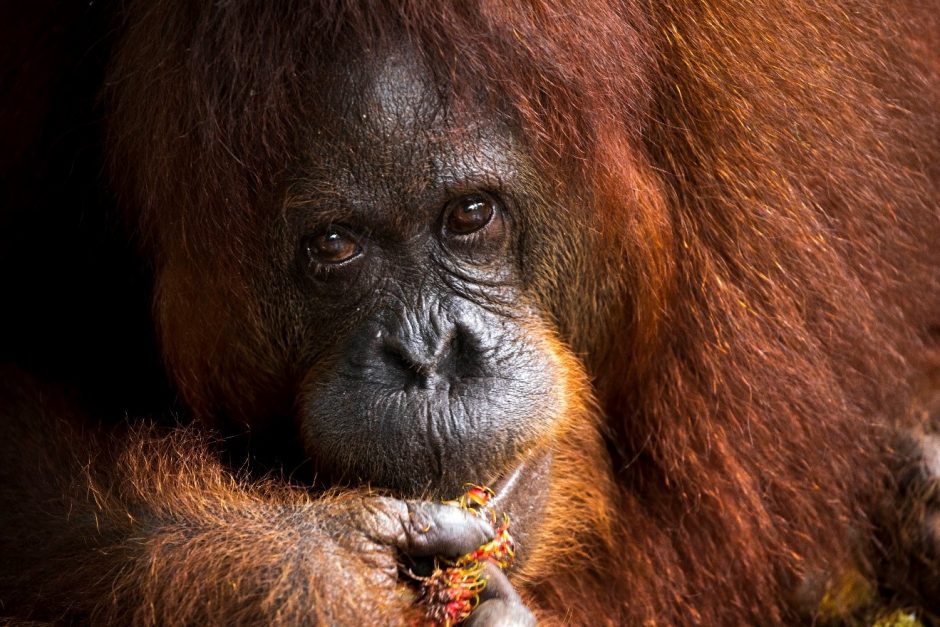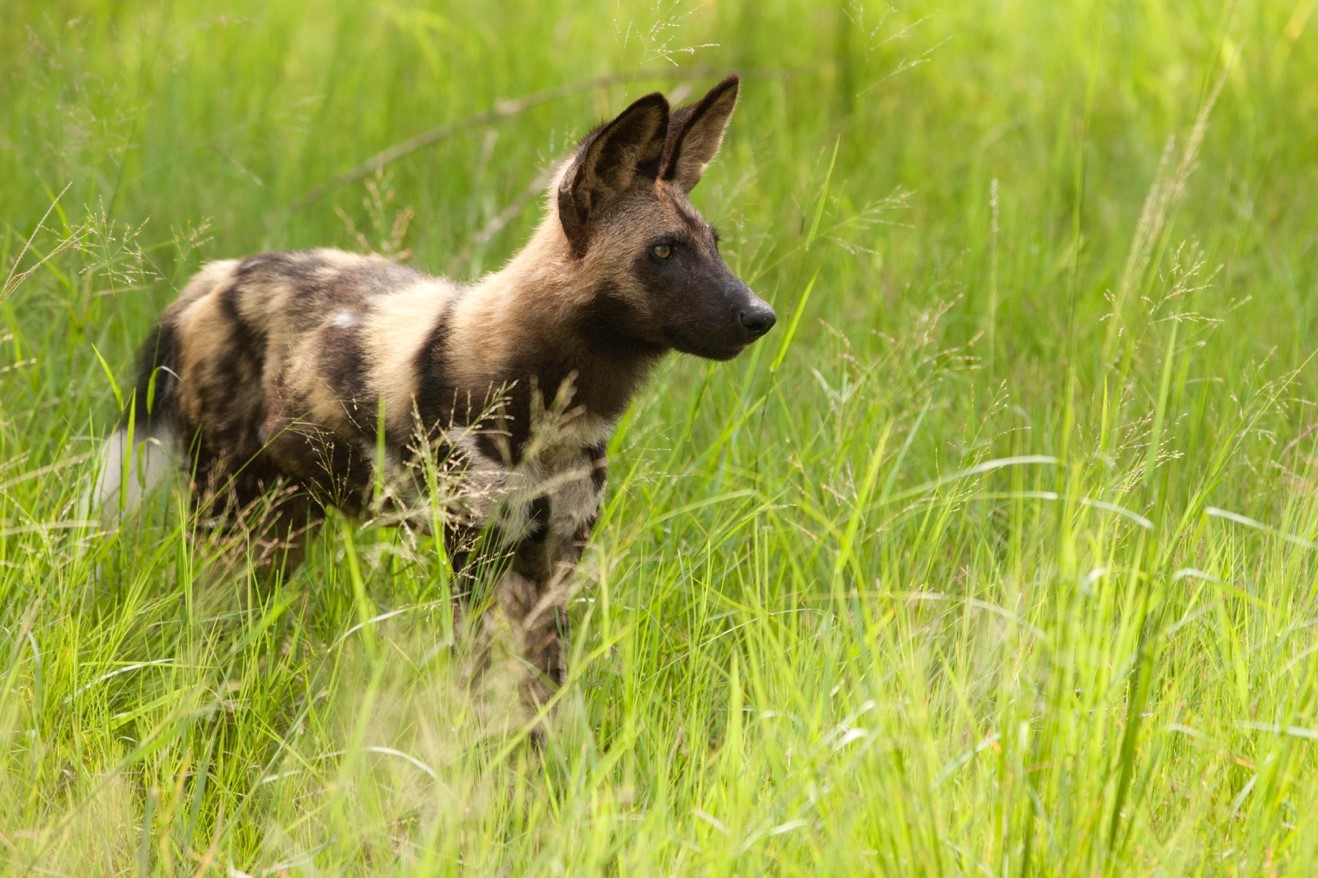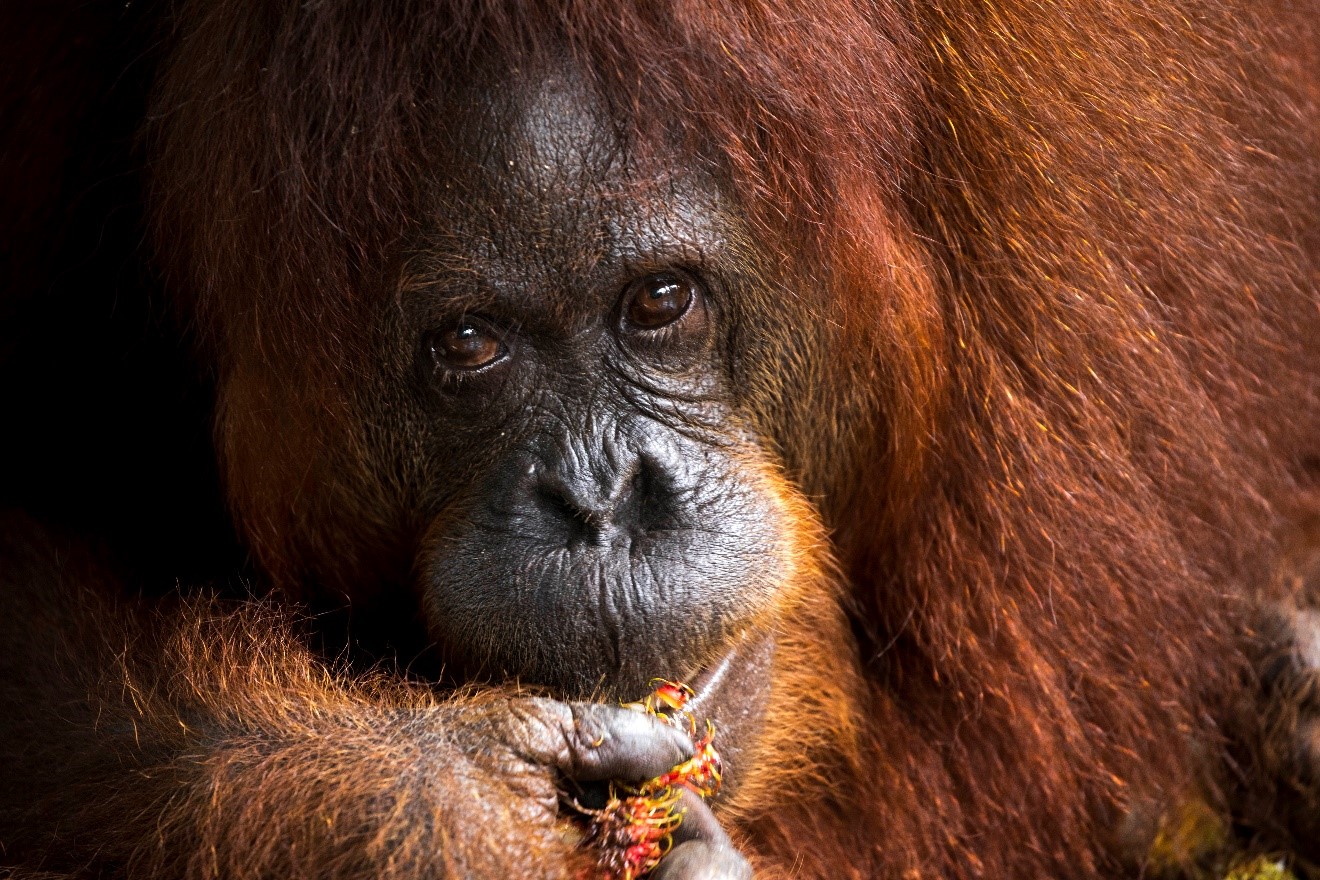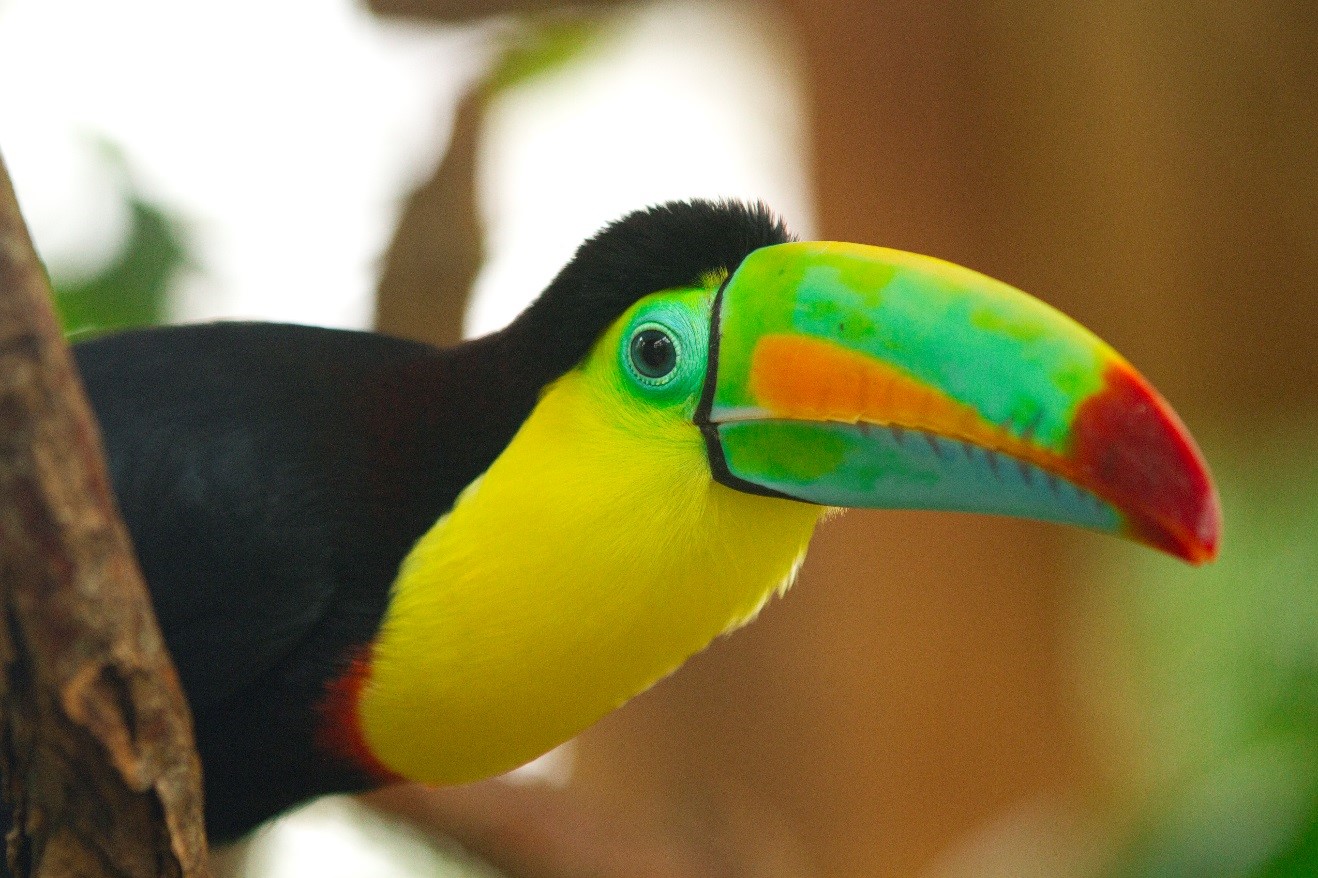
Tips for Great Composition with Wildlife Photography
This is a big topic, and entire books have been written on this topic. It’s that important. However, the best way to master a specific topic is to dissect it into smaller units and work on those until they become an inherent part of your methods and workflow with wildlife photography. Take a look at the below tips to begin to master one of the most powerful skills in photography–great composition, each and every time!

Lock Focus, then Re-Compose
Generally speaking, you really don’t want to put your subject smack in the middle of your photo. That’s a rule #1 with wildlife photography. You’ll want to adhere somewhat to the rules of composition, be it the rule of thirds, or golden ratio, and offset the subject slightly. However, the technique for doing this isn’t always properly taught. In addition, camera focus settings are getting more and more complicated, with more options for “intelligent” focus than ever before.
Here’s what I’m getting at…
To properly focus a shot, I always set my camera’s auto-focus point to fixed in the dead center of my frame, so I can be sure that the camera is focusing on what I want it to focus on. Most cameras will default to rather robust auto-focus settings such that the camera chooses what it focuses on, and sometimes there are 9 different points it could choose anywhere in the frame. If you’re read my articles before, you know how I feel about the camera making too many decisions. Not a fan. You should really be telling the camera what to focus on, and not the other way around. So, setting the focus point to the same place for every photo gets around this.
Keep in mind, I still use auto-focus 97% of the time…I just make sure that the auto-focus area in the viewfinder is always a small box in the middle of the frame. This gives me the best precision and accuracy when picking out wildlife in the landscape.
You may be thinking at this point, “gosh, when it comes to composition didn’t you just say don’t put the animal in the middle of the frame?” Indeed! So here’s where this first lesson comes in.
Once I pick out my subject, and know where I want to focus on, I put it right in the middle of my frame so that the auto-focus point can allow me to auto-focus properly. Then, I hold my shutter down halfway, and then recompose the shot to how I’d like it to look. Getting perfect, predictable focus each and every time is truly that simple. But remember, you must first figure out how to change your own camera’s focus setting such that it’s the small box in the middle of the frame to take the guess work out of where the camera may want to focus.

Leave Space in the Direction the Animal is Facing
If you’re working with traditional composition rules, you’re almost always going to have the animal to the side of the frame. It can be a wonderful thing to leave a little bit of open space in the frame to create a little tension and intrigue. However, if you’re going to do so, it’s best to leave that open space in the direction the animal is facing.
You’ll also know that I often teach that rules are meant to be broken. So don’t take my word for it. Experiment a little see how you feel about your own photo when you leave that space behind the animal. It just looks a little awkward, doesn’t it?

Notice how this little panda is looking slightly up? Thus, I chose to leave a little space above it so that it’s looking into the open space of the photo.
Composing the Shot AFTER Taking the Photo
It couldn’t be easier to edit and crop photos now, and quite literally every computer out there has some sort of photo editing program on it. And one of the most basic but helpful tools is the crop feature. Folks often say that composition is one of the few things you really need to nail in-camera. While it’s certainly helpful, there is an ultra easy way to change the composition of your photo after you’ve taken it–the cropping tool!

I’ll be the first to admit that it’s challenging to nail the composition of wildlife each and every time. Not only do animals move frequently, but the closest, most photogenic encounters often yield so much excitement on part of we photographers that it’s the best we can do to push the shutter at all, let alone get the perfect shot in a matter of split-seconds.
To maximize potential to crop your photos on the computer, especially in dramatic wildlife encounters, I always recommend folks zoom out a little when taking such photos. This allows you room to crop in after the fact. While it’s tempting to fill the frame as much as possible, backing away a little with your telephoto and/or zoom capabilities gives you SO much more flexibility to edit and manipulate later, once you have some time to really analyze the scene and its compositional elements.

Focus on the Eyes
Okay, this is not quite a key to composition, but proper focus and composition do go hand in hand. I suppose you could look at this as a bonus tip, as we veer back into the world of focus.
For each and every photo you take, you must focus somewhere. And per the first tip of this article, you should be the one choosing this, and not your camera.
Since you have to focus somewhere, what is the BEST place to focus on? Simply put, you should always focus on the eyes of the animal, even when there are closer features that could draw your attention initially.
Take the below photo of the toucan in Costa Rica…the tip of its bill is actually much closer to the camera. Should you focus on this, since it’s closest? That’s indeed a rule for landscape photography, which is to focus on the prominent feature of the landscape closest to you. However, in this case you can easily see that it’s the eye of the toucan that stands out and connects the viewer with the animal. The tip of the bill is actually quite insignificant, isn’t it? But gosh, that eye sure is crisp!!

Composition is so key to good photography and is something you must pay attention to. While it’s ideal to get composition right as you take the shot, you should also think about editing your composition while processing your photos afterwards, too. And while composition is in it’s own realm, you can see how focus and composition are inextricably linked. Master your camera’s focus, and master your eye’s composition and you will ascend to new heights with your photography, I can guarantee you that!
Go forward and give it a shot,

Court
1 Comment

William Aiello
May 13, 2019 at 8:38 pm
Great photo of toucan.